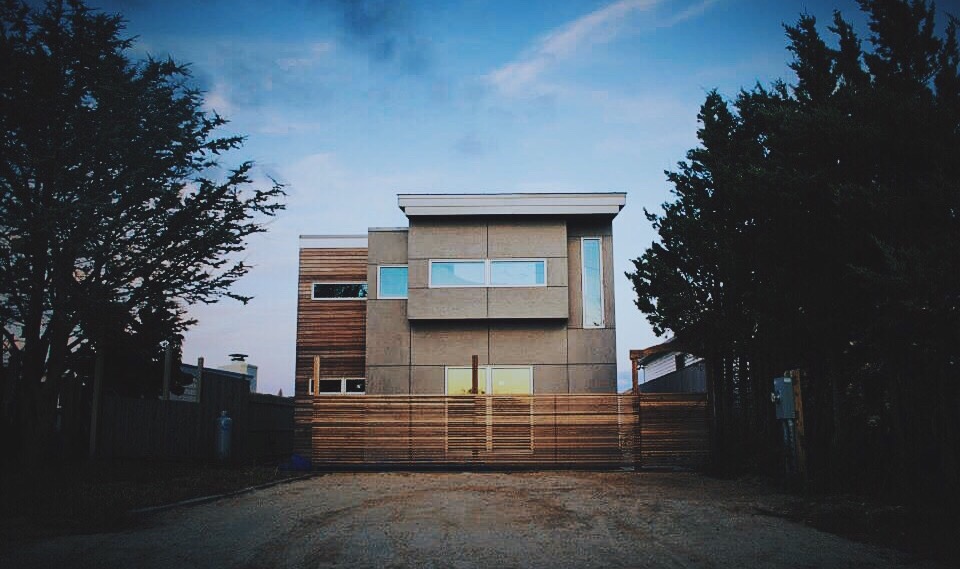My friend Karin Agness posted an answer to the question, “What’s so appealing about Ron Paul to young voters?” over at FoxNews.com yesterday. Paul has done okay this primary season, finishing a surprising third in Iowa and a strong second in New Hampshire. Consecutive last-place results in South Carolina and Florida suggest it won’t be too much longer before he figures he’s made his point and bows out. But Karin is right; Paul has demonstrated consistent appeal among the youngest bloc of voters. Here are his results among 18-24-year-olds:
Unfortunately for Paul, the 18-24-year-old bloc made up just 10% of the electorate in Iowa, 9% in New Hampshire, 4% in South Carolina, and 3% in Florida. But Agness’s question remains: Why the support?
Agness argues that one answer is Paul’s unwavering defense of free enterprise and limited government. She reminds us of Gingrich’s attacks on Bain and describes Romney’s response as “tepid at times,” certainly in comparison to Paul’s “bold vision of a radically-reduced role for government.”
Radical indeed. Agness asks us to believe that Millennials growing dissatisfaction with government has reached such a fever-pitch that it overwhelms concerns about (a) Paul’s electability (which is zero) and (b) the numerous policy positions he holds that are anathema to conservatives, including on defense, foreign policy and marriage.
The rather scant evidence against Romney and Gingrich aside, Agness fails to explain why Paul’s limited government message is more compelling than, say, Michelle Bachmann, Rick Perry or Rick Santorum’s. Is it really just boldness that young voters find compelling? Was Herman Cain any less bold and outspoken about his 9-9-9 plan? Does anyone think he would have split the youth vote?
The idea of a youth revolution in favor of limited government—the anti-Occupy movement—amounts to wishful thinking. Support for a more sound explanation of Paul’s appeal is found in the polling data. Besides youth, where else does Ron Paul do well? Independents, moderates and liberals.
When asked, “On most political matters, do you consider yourself conservative or moderate/liberal?” Ron Paul supports skewed away from conservatism.
In New Hampshire, primary voters were asked, “On fiscal issues such as taxes and spending, do you consider yourself conservative or moderate/liberal?” 20% of Paul supporters described themselves as conservative, 28% chose moderate/liberal.
Voters were also asked about “social issues such as gay marriage and abortion.” 28% of Paul supporters called themselves moderate/liberal, nearly twice the 16% who chose conservative.
If Paul voters were primarily concerned about limited government, we would expect affinity for the Tea Party movement. We don’t find any. When asked, “How do you feel about the Tea Party movement?” Paul supporters in New Hampshire were split: 22% support, 27% neutral, 19% oppose. In Iowa, the numbers are worse: 19% support, 21% oppose. South Carolina? Worst of all. Just 12% of Paul voters support the Tea Party; 21% oppose.
I don’t have access to the data to cross-tabulate these results. It may very well be that young voters are simultaneously anti-Tea Party and hyper-limited government. Perhaps most Paul supporters self-describe as moderate or liberal, but young Paul supporters would describe themselves as staunch conservatives. But that’s a stretch.
Paul’s support among youths probably isn’t indicative of a trend towards limited government among young people. The simpler explanation for these poll data is that young Libertarians are highly active in local politics compared to their non-Libertarian peers. Paul’s unique message also appeals to moderate and liberal young people who like his anti-interventionist military positions, permissive policies on drugs and liberal position on marriage.
| (Percent of total votes) |
Paul |
Romney |
Gingrich |
Santorum |
| Iowa |
50 |
13 |
5 |
21 |
| New Hampshire |
46 |
28 |
3 |
7 |
| South Carolina |
30 |
15 |
25 |
24 |
|
Conservative |
Moderate/Liberal |
|
| Iowa |
18 |
40 |
| New Hampshire |
19 |
26 |
| South Carolina |
11 |
18 |
| Florida |
6 |
11 |



